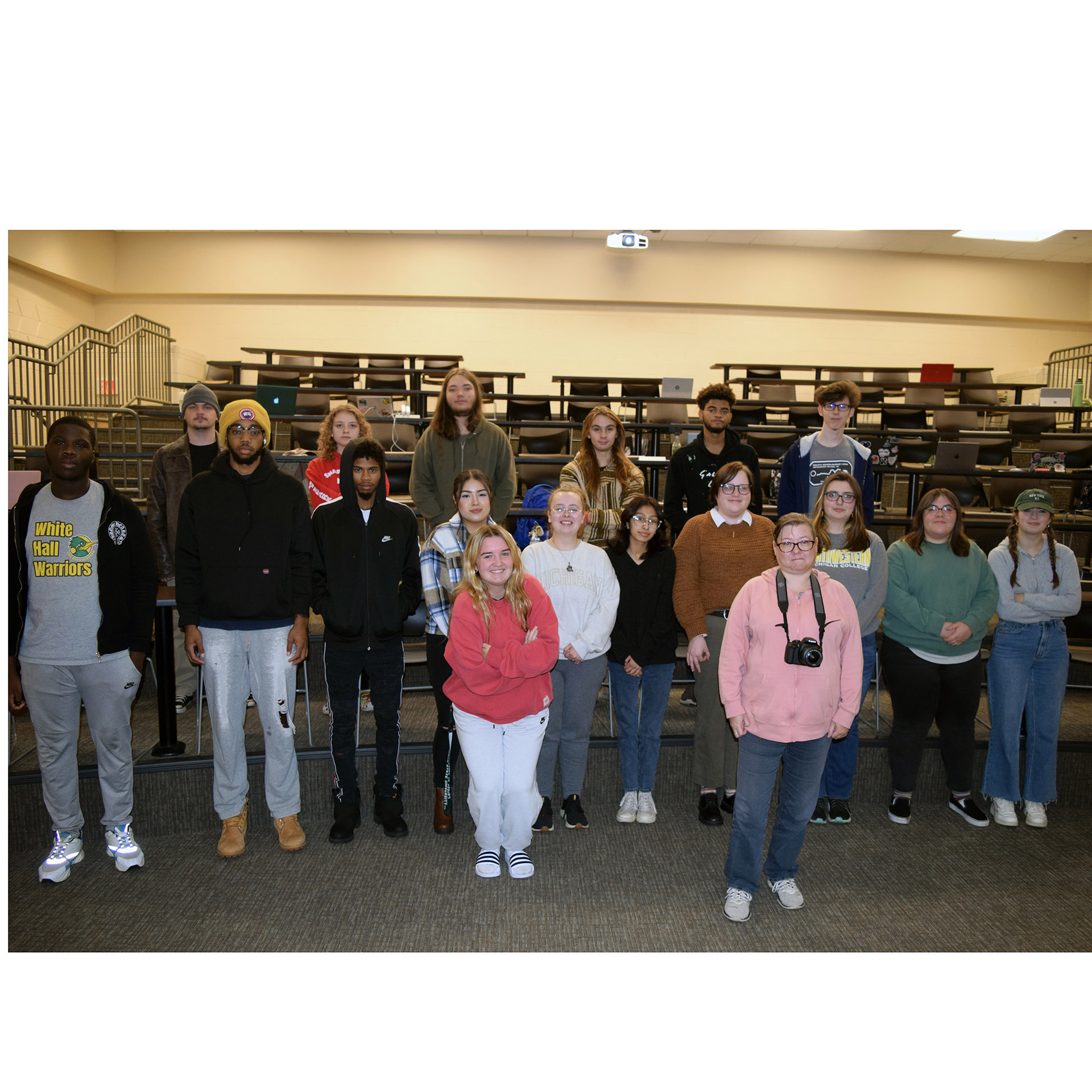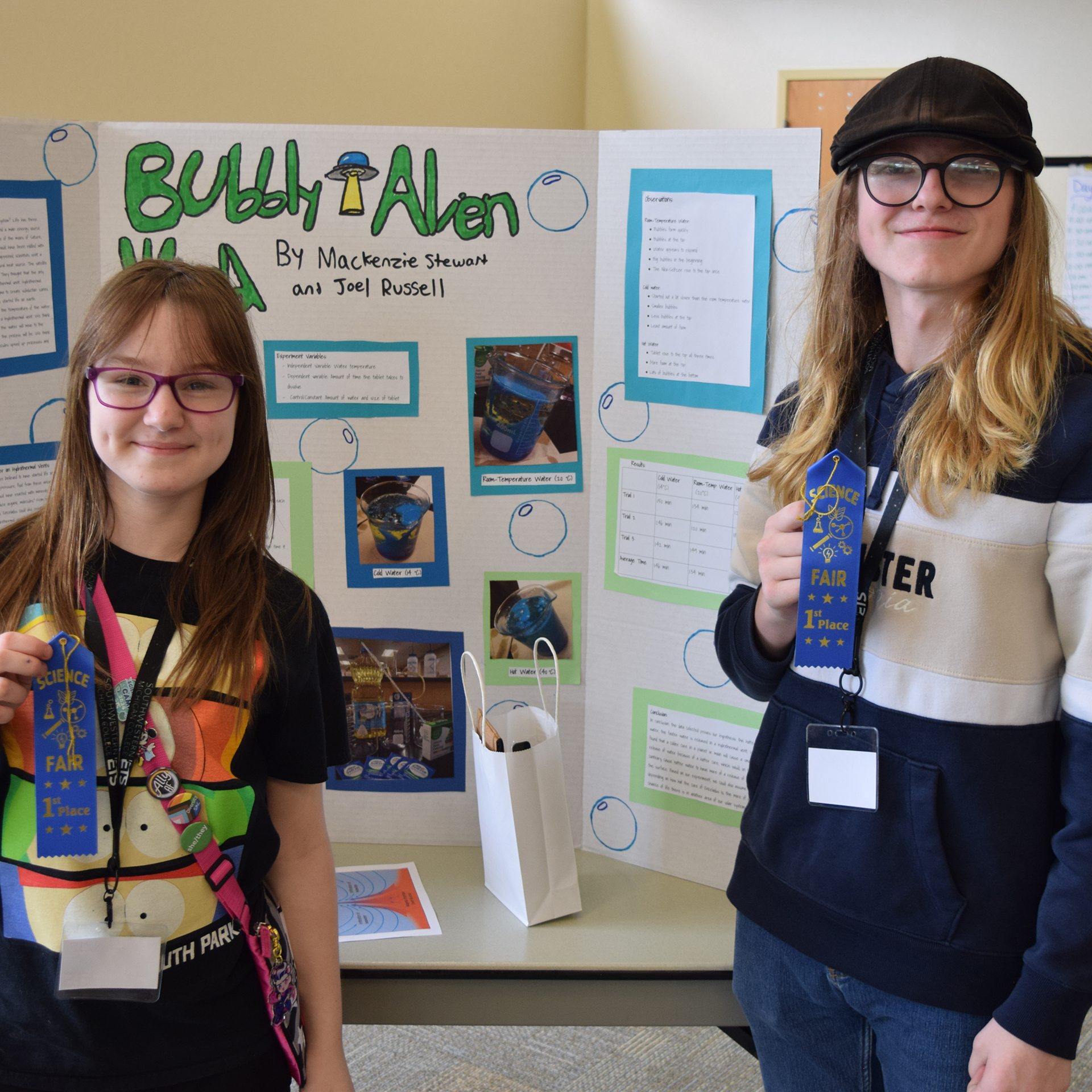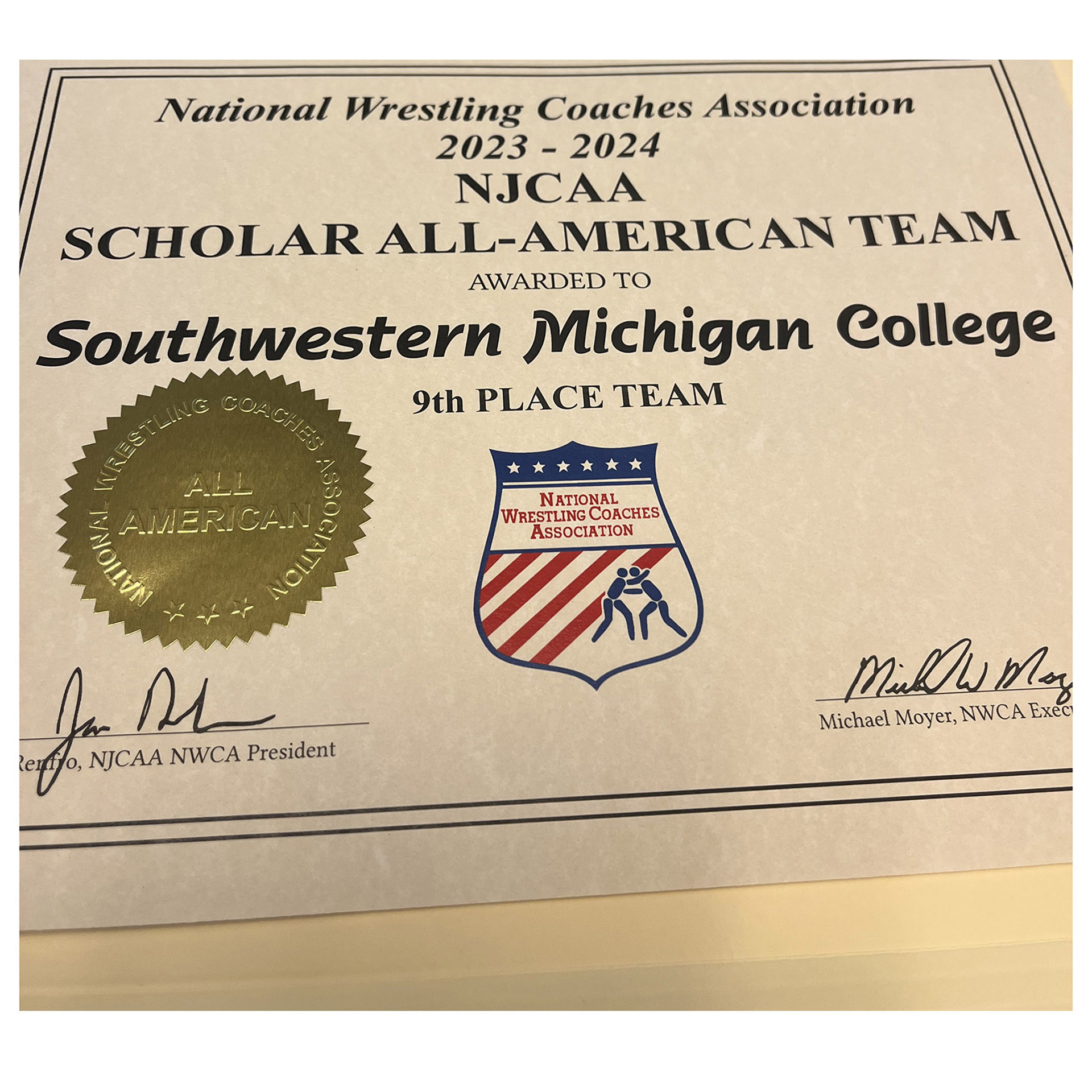
News
-
RECENT NEWS
28 Attend First SMC Science Fair Camp
1980 SMC Nursing Graduate Left Cardiology for Anesthesiology
SMC Celebrated 30th Anniversary of Women's Basketball Champions
SMC Wrestling Makes NJCAA Top 10 for Academics
SMC ETS Theatre Camp Stages Ghoulish Comedy at Beckwith June 28-29
Thelda Mathews Honored as an SMC Founder
Art History a Tactile Topic for SMC Students
Published on October 20, 2023 - 11 a.m.
Southwestern Michigan College’s Art History I (Art 203) class is more tactile than you might imagine.
When Sherrie Styx’s students learn about marble sculpture, they carve soapstone and alabaster stones using small files.
Whether a slice of pizza, a snail or initials which could be worn as a pendant on a necklace result, they know first-hand how tedious a process it can be.
“It was easy, just time-consuming,” as one student put it. A snail took “four to five hours.”
“Who wants to try ice carving?” Styx asks. No takers.
“I’d rather take photos than do it,” says a graphic design major interested in starting her own photography business.
Marble has been the most preferred stone for carving since the ancient Greeks. Marble will hold fine detail.
Marble has several advantages over its more common geological "parent," limestone, in particular its translucent ability to absorb light a small distance into the surface before refracting it.
This gives an attractive soft appearance that is especially good for representing human skin, which can also be polished.
Two famous marble statues are David by Michelangelo and the Venus de Milo.
On the other hand, marble sculptors must be careful handling materials as the stone can absorb skin oils and develop yellow or brown stains. It can perform poorly in outdoor environments subject to acid rain.
Soapstone is so-called because it is at least 50 percent talc, which feels like soap. It gets used for countertops and sinks.
Alabaster is a translucent form of gypsum, typically white and often carved into ornaments.
Styx obtained her materials from Peacock Rocks in Bridgman, cutting a large stone into smaller chunks with a band saw.
The 1812 Mohs Hardness Scale measures stones’ hardness and their relative resistance to scratching.
Diamonds are the hardest stone, while talc is a very soft mineral. Granite is the toughest natural stone at 6, compared to marble and limestone at 3.
“The assignment was you have to scratch into it to make an indentation, and to make it smooth on the edges,” Styx said.
Art History I covers the Paleolithic, or Stone Age, the period distinguished by development of stone tools, up to the 1400s.
“When I was thinking about doing this carving project,” Styx said, “I only saw one other school doing this in art history, and that was Arizona State.”
As far as tactile art history, Fred L. Mathews Library staff came over to the William P.D. O’Leary Building for a section on calligraphy.
“We made quill pens and tied it into the Constitution,” Styx said. “We have an art ethics paper coming up. With wars going on right now, what’s going to happen to the art objects?”







